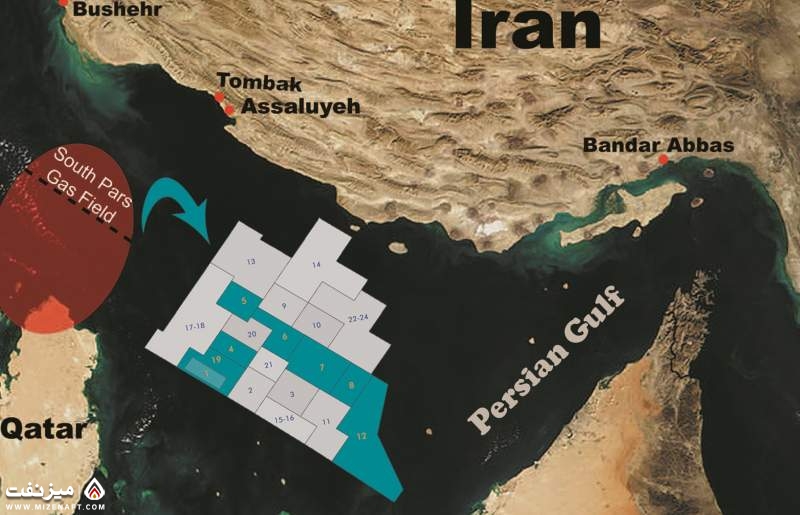The energy-rich Persian Gulf region has gained more reputation in recent decades for bearing the world’s largest natural gas field, the South Pars (aka North Dome) field.
However, the offshore natural-gas condensate fields located in the Persian Gulf are not confined to South Pars, which is jointly operated by Iran and Qatar.
Iran has had the good luck to host several other gas fields, located entirely in its own territorial waters. North Pars, Golshan, and Ferdowsi are among the fields with unshared reserves, which is why Iran has been in no hurry to work on them.
However, a predictable drop of pressure at the South Pars reserves in the near future has forced Tehran to explore for new fields. The efforts have led to the detection of Balal gas field, located in the eastern side of South Pars. An Iranian contractor has undertaken to develop the new field.
CEO of Pars Oil and Gas Company Mohammad Meshkinfam says Iran has devised short- and long-term plans to maintain the pressure of gas extracted from South Pars and to develop new fields in the surrounding area, such as Balal and North Pars.
It is now widely expected that exploration of more gas reserves will give Iran new natural gas blocks and even big fields.
Iran has divided the development of South Pars to 24 phases, all of which are now operational except for phases 11 and 14.
